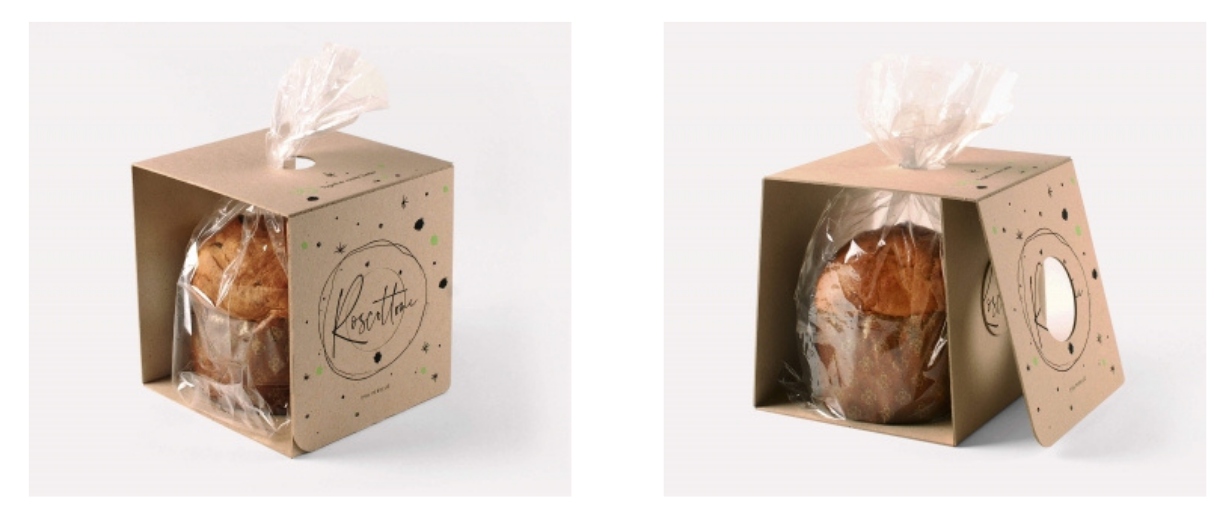Content
Grey board or solid board, also erroneously called stone board, is a very strong type of cardboard used mainly in the graphic arts, bookbinding, packaging or even for furniture manufacturing.

Manufacture, uses and characteristics of grey board
Grey board is usually made from recycled paper but can also be made from natural fibres. Once all the recycled paper or natural fibres have been accumulated, panels are formed by compressing the hot-processed fibres under high pressure. These panels can have different thicknesses, depending on their intended use or the strength they need to have.
One of the main characteristics of grey board is its high strength and hardness, and one of its most common uses is the manufacture of boxes, known as lined boxes.
Lined boxes are mostly recycled grey board boxes lined with printed and often laminated paper. They are usually accompanied by special finishes, such as silk screen printing, stamping or embossing, as well as soft touch, matt, glossy, etc. lamination. These finishes are what give this type of lined boxes a certain notoriety and are usually used for more exclusive products.
These boxes, due to the finishes and handling required, are usually more expensive than kraft cardboard boxes or cardboard boxes and are used, as we mentioned, in packaging for more exclusive products such as jewellery, cosmetics, bottles, limited edition books, etc.

Grey cardboard, being lined with paper, is a hidden material in our daily lives as it is hardly ever used in its natural greyish appearance. However, little by little, it is becoming more visible, with the new raw or sustainable fashion, which seeks to use natural materials in their purest appearance, with hardly any manipulation.
Differences between greyboard and plasterboard
Greyboard is often referred to as plasterboard, probably because of the method of manufacture of the two materials. However, although its origin is cardboard, its uses and applications are very different.
Plasterboard is made using a technique similar to papier-mâché, in which cardboard or plaster paper is used. It is created by cutting up sheets of cardboard, which are wetted and chopped so that they can be moulded into several layers that adhere to the desired mould. When dry, the result can be easily removed as it is completely rigid and can be joined to other parts to form the desired figure in its entirety.
Grey board, on the other hand, although also obtained from recycled paper fibres, is subjected to heat compression which compacts the fibres to form a block or panel, of different weights depending on the desired weight, with a completely smooth surface.
While the former is used to make objects of completely different shapes, such as masks, theatre sets, figures, etc., grey cardboard is a smooth, rigid material that can hardly be folded, unless it is creased with a die-cutting machine, but it can hardly be folded by hand.
Use of grey cardboard in packaging
As we have already mentioned, the use of grey cardboard in packaging is very common, although we do not see it in its natural form. Although the big brands continue to use it for more exclusive products or limited edition packs, more and more alternatives and more sustainable options are emerging. Although grey cardboard is a fully recycled product, the printed paper it is lined with and often the inks used are not so sustainable, so from a 100% sustainable material we end up decorating it in such a way that its ecological essence is lost.
At Selfpackaging, as well as using water-based inks for our printing of both lined boxes and other types of cardboard boxes, we love grey cardboard in its natural greyish, cement block-like state. For this reason, we offer grey cardboard options in several of our box types, such as in our bottle boxes, cardboard folders or in our eco-friendly packaging section.

xJoin the raw trend and reinvent the design of your brand packaging or gift boxes!


Pingback: Practical guide to packaging terms - Selfpackaging Blog
Pingback: Decorated gift wine boxes - Selfpackaging Blog
Pingback: How can sustainable packaging increase your sales? - Selfpackaging Blog